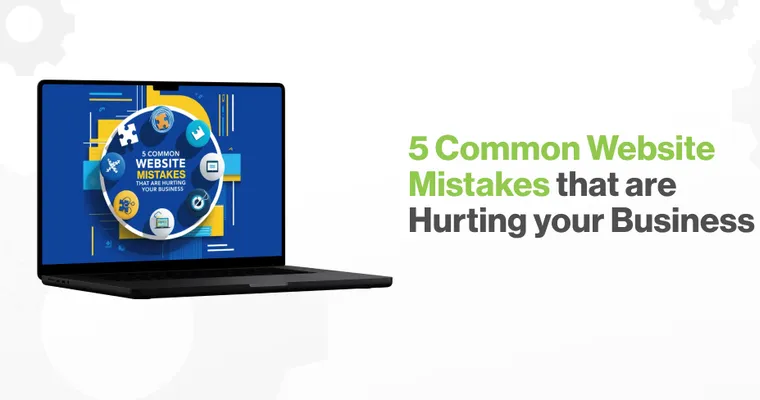Moving into online sales can prove a daunting task for any business. It can be difficult to go from the well-known surroundings of physical sales into the eCommerce world of selling your products online. However, when planning your eCommerce website, there’s a few rules to keep in mind to ensure you get the best success, and don’t fall at the early hurdles. We have worked with dozens of Irish companies to help them launch eCommerce websites and maximise revenue from online sales, so can help guide you in the right direction.
Devote time to your new website
Many companies fail in their online endeavours simply because they don’t put enough effort into the running of their website. There is much work involved in creating a new online shop, but there will also be regular tasks that need to be performed in order to keep your website not just ticking over, but bringing in revenue. Many businesses think that they can just throw up any old website and expect the sales to come rolling in, but this doesn’t work in the online world, just like it doesn’t work offline. Think of all the work that gets done on the floor of your shop or factory each and every day. eCommerce can help ease that workload, but you also need to put the effort in to make it successful. Time should be devoted to keeping an eye on stock levels, dispatching orders and contacting customers where needed, as well as regularly updating content to keep your site fresh – both for the customer and for Google. The website at the top of the rankings gets a lot more sales than the one that doesn’t appear at all.
See what others are offering
When planning your own website, have a look at your competitors’ websites. You will quickly notice what works and what doesn’t work on other websites – and what you may find will work for you as well. Offering a better product than your rivals is the best way to success, while ensuring that the process to buy that product is hassle-free will help maximise sales. There’s nothing worse for a customer who wants to buy something online than being forced to jump through hoops to get what they want. Also, speak to your own customers to see what they think works or doesn’t work on other websites as well as your own. Find out what your target customer needs, and present them with exactly that.
Know what you want to sell
Some companies want to put everything they have on their eCommerce website, others want to promote specific products to specific markets. Once again, time is an issue when it comes to populating your online store. If you have thousands of products, it can be extremely time-consuming cataloguing and writing a description for them all as well as getting a picture or photograph for each one. In addition, keeping track of this stock offline and online often requires implementation your EPOS system, so keep this in mind. You’ll need to work out how much time and what kind of resources you can devote to get your website off the ground, and to ensure it all runs smoothly once it goes live.
Sell your products
Just firing up your stock online isn’t going to earn you a lot of money. You need to convince the customer that this is something they need. With online shopping, it’s much easier to check out alternatives – whether it be comparing prices or competitors’ stock – so you need to make sure the customer stays on your website and buys it from you rather than somebody else. When writing product descriptions, try to get in all the necessary keywords, but at the same time you’ve got to describe the merits of what you’re selling – don’t be afraid to use a few adjectives to give your item a positive disposition. High-quality photographs can also help sell your items, particularly if you’re selling clothes – as people like to know exactly what they’re getting. It also cuts down on any time spent refunding unhappy customers later!
Remember, each and every online shop is different. What works for a bicycle retailer might not work for a gift shop, so research your market to see what works, and what you’ll need to do. These tips should be a guideline to help you start off, and hopefully turn your eCommerce website into a huge success.


